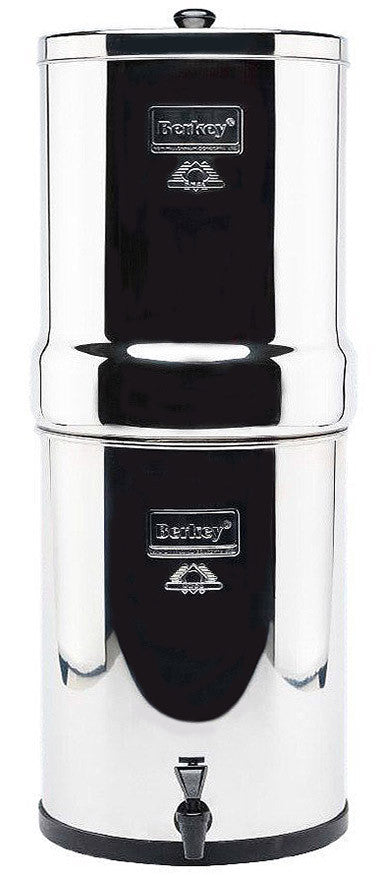
The Centers for Disease Control and Prevention (CDC) have alerted that a dangerous brain-eating amoeba is gradually spreading across the United States.
The single-cell amoeba Naegleria fowleri is typically found in warm freshwaters, such as lakes, rivers, ponds, and springs. It is also found in humid states like Florida.
Often, the amoeba enters the body through the nose, where it heads to the brain. When the organism enters the brain through the olfactory nerves, it damages brain tissue and causes a harmful brain infection called primary amebic meningoencephalitis (PAM). Although the infection is very uncommon, it is indeed fatal.
The brain-eating amoeba is progressively nearing northwards from the southern United States, with more cases springing up in Midwestern states than previously.
This is what the study revealed by the researchers in the Emerging Infectious Diseases.
The study indicates that 145 individuals in the US contracted the infection between 1962 and 2018, of whom just four survived.
The researchers examined 85 cases of single-celled amoeba across the US in 1978 and 2018.
While the majority of the cases were in the southern states, six were in the Midwest, including Minnesota, Kansas, and Indiana. The report said five of these six northern cases were accounted for after 2010.
Quick Look About Naegleria Fowleri
Naegleria fowleri is a brain-eating single-cell organism that usually lives in freshwater, including rivers, lakes, ponds, trench water, and hot springs, under chlorinated splash pads.
It has been discovered in public water systems after fatalities occurred from nasal flushing with net pots without distilled or purified water. It survives, grows, and feeds on bacteria, and it is hazardous when the water temperature is warm almost 80 degrees, or hotter.
Did You Know?
- Naegleria fowleri does not survive inappropriately chlorinated pools or saltwater.
- Naegleria fowleri is not dangerous whenever swallowed.
- Infections typically happen between June and September.
- Early symptoms include headache, fever, vomiting, and progress to confusion, loss of balance, seizures, sight sensitivity, and hallucinations.
- There is no rapid detection test at the moment.
- Naegleria fowleri has been found in shallow and deep waters and sediments.
- The casualty rate is more than 99%, with just two reported survivors in the US.
- There is currently no guaranteed cure. But it is 100% preventable.

Recent Cases of the Brain-Eating Amoeba
Human infections have been rare throughout history. However, cases have been increasing. Recently, this brain-eating single-celled amoeba has been recorded in cases.
The Centers for Disease Control and Prevention indicates that individuals are typically infected when contaminated water enters the body through the nose. The CDC states that systems usually start around five days after infection, and death occurs around five days after that.
2016
2019
2020
There May Be More Cases Than Recorded
Climatic Change Blamed for the Spread of the Amoeba
The CDC researchers blamed climate change for the increasing number of PAM cases across the US. The single-celled amoeba flourishes in waters as hot as 113 degrees Fahrenheit (45 degrees Celsius).
They said that as more of the US warms due to climate change, it is discovering reasonable waters for life.
They noticed that cases move toward the north by around 8.2 miles (13.3 kilometers) each year.
In the examination, the researcher wrote that rising temperatures and subsequent increases in recreational water use, such as swimming and water sports, might change the study of PAM disease transmission.
US Waters are Getting Warmer; Good News for Amoebas
N. fowleri infections peak in Southern states in the late summer as it warms up. The amoeba loves heat and flourishes in temperatures of up to 115°F.
But as the world warms, more freshwater is accessible at bursting temperatures, giving N. fowleri a wider range of thriving choices.
It's a worry worldwide — there were 16 N. fowleri fatalities in Pakistan in 2019, two in Costa Rica in 2020 — yet in addition, in places of the US that beforehand couldn't have ever been so warm.
In a Southern state like Arizona, the average summer temperature ranges from 90°F to 120°F, ideal for N. fowleri. In a state like New York, the average summer temperature ranges from 70°F to 85°F. However, that is changing.
The CDC stated that there are concerns that if waters continue to warm in northern states, individuals who go in the water in those states might be more at risk.
The single-celled amoeba doesn't simply live in lakes.
In 2002, an Arizona woman who filled a kiddie pool with contaminated well water accidentally prompted her little girl's passing.
One Louisiana county even had its water system test positive for the amoeba, prompting two deaths. One of the casualties was a four-year-old kid who let the water go up to his nose while on a backyard slip-n-slide. The other was a man who used his home faucet water in a neti pot.
Signs and Symptoms of the Brain Infection
Whenever this single-celled amoeba has infected one, survival is rare, as indicated by Dr. David Kaufman, professor and chair at the Michigan State University College of Osteopathic Medicine in the Department of Neurology and Ophthalmology.
According to him, manifestations usually start within 24 hours of the brain infection. However, they can take a couple of days to develop. The most well-known side effect of primary amebic meningoencephalitis (PAM) is a severe headache.
However, the brain infection can prompt seizures, weakness in the face, arms, and legs, and speech loss.
Medication to anti-amoeba might be insufficient if the infection becomes overpowering.
How To Prevent the Brain Infection

There is no rapid test for identifying this organism in water.
Accordingly, the CDC said the sole sure approach to preventing these diseases is not swimming in warm freshwater. If you swim in warm freshwater, try not to let water reach your nose by holding your nose shut, using nose clips, or keeping your head above water.
The CDC noted that infections from contaminated water occur when they enter an individual's nose; however, swallowing contaminated water does not cause the infection.
← Older Post Newer Post →





